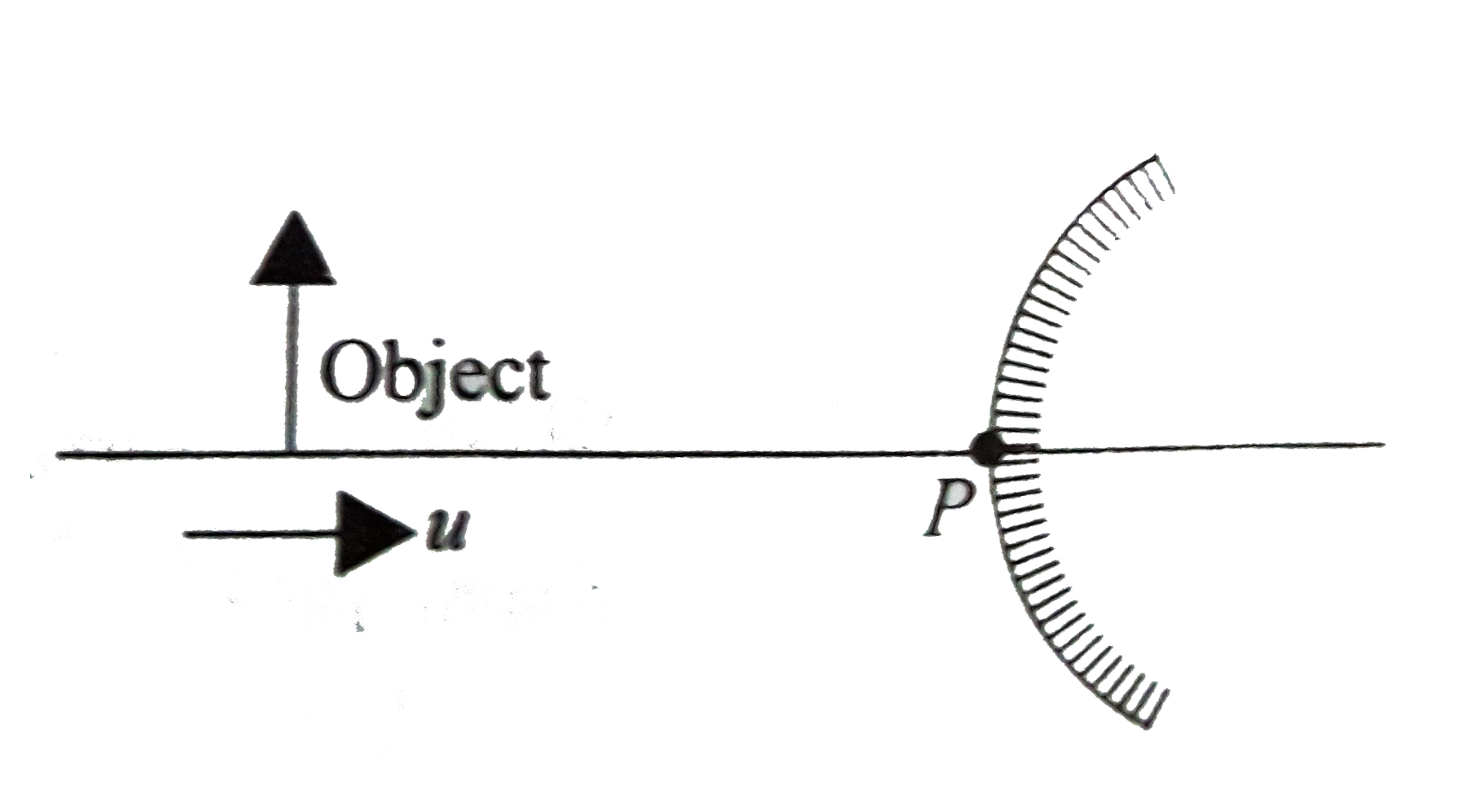A point object P moves towards a convex mirror with a constant speed V along its optic axis. The speed of the imageSolution in Bengali
is always <V
may be >,=or<V depending on the position of P
increases as P comes closer to the mirror
decreases as P comes closer to the mirror
The correct Answer is:A, C, D
Step by step video, text & image solution for A point object P moves towards a convex mirror with a constant speed V along its optic axis. The speed of the image by Physics experts to help you in doubts & scoring excellent marks in Class 12 exams.
Updated on:21/07/2023Topper's Solved these Questions
- REFLECTION OF LIGHTBOOK - CHHAYA PUBLICATIONCHAPTER - REFLECTION OF LIGHTEXERCISE - COMPREHENSION TYPE
10 Videos
- REFLECTION OF LIGHTBOOK - CHHAYA PUBLICATIONCHAPTER - REFLECTION OF LIGHTEXERCISE - INTEGER ANSWER TYPE
3 Videos
- REFLECTION OF LIGHTBOOK - CHHAYA PUBLICATIONCHAPTER - REFLECTION OF LIGHTEXERCISE - ENTRANCE CONNER
5 Videos
- QUESTION PAPER OF WBCHSE 2019BOOK - CHHAYA PUBLICATIONCHAPTER - QUESTION PAPER OF WBCHSE 2019EXERCISE - PART- B (SECTION-II)
4 Videos
- REFRACTION OF LIGHTBOOK - CHHAYA PUBLICATIONCHAPTER - REFRACTION OF LIGHTEXERCISE - CBSE SCANNER
11 Videos
Similar Questions
An object is placed at a distance of 25 cm from a concave mirror and a real image a formed by the mirror at a distance of 37.5 cm.
The focal length of the mirror is
View SolutionThe image of an object placed at a distance of 40 cm from a convex mirror is formed at a distance of 10 cm from the mirror. If object approaches the mirror with a velocity of 32cm⋅s−1 , what will be the velocity of the image (incm⋅s−1)
View SolutionStatement I : The formula connecting u,v and f for a spherical mirror is valid only for mirrors whose sizes are very small compared to their radii of curvature.
Statement II : Laws of reflection are strictly valid for plane surfaces but not for large spherical surfaces.
View SolutionAnswer the question in one sentence each
(Alternatives are to be noted):
After what time will the direction of current in an electric supply line of frequency 50 Hz be reversed?
Or, Which physical quantity has unit Wb⋅m−2? Is it scalar or vector?
View SolutionFor the same angle of incidence, the angles of refraction in three different media A, B and C are15∘,25∘ and 35∘ respectively. In which medium, will the velocity of light be minimum ?
View SolutionIf an object far away from a convex mirror moves towards the mirror, the image also moves. Does it move faster, slower or at the same speed as compared to the object ?
View SolutionA particle is moving at a constant speed V from a large distance towards a concave mirror of radius R along its principal axis. Find the speed of the image formed by the mirror as a function of the distance x of the particle from the mirror.
View SolutionA real object is placed in front of a convex mirror (fixed).The object is moving toward the mirror. If v_(0) is the speed of object and v_(i) is the speed of image, then
View SolutionA real object is placed infront of a convex mirror (focal length f). It moves towards the mirror, the image also moves. If V_(i)= speed of image and V_(0)= speed of the object and u is the distance of object from mirror along principal axis, then
View SolutionAn object is moving towards a convex mirror with a constant velocity. P is the pole of mirror.

View SolutionA particle is moving towards a fixed convex mirror. The image of object also moves. If V_(i) is the speed of image and V_(0) is the speed of the object, then :
View SolutionA Point object P moves towards a convex mirror with a constant speed V , along its optic axis. The speed of the image
View SolutionThe speed at which the image of the luminous point object is moving, if the luminous point object is moving at speed v0 towards a spherical mirror, along its axis is
(Given, R= radius of curvature u= object distance)
View SolutionWhat will be the image speed if (i) Object is moving towards the plane mirror with speed v ? (ii) The plane mirror is moving towards the object with speed v ?
View SolutionA point object P moves towards a convex mirror with a constant speed V, along its optic axis,. The speed of the image
View Solution
